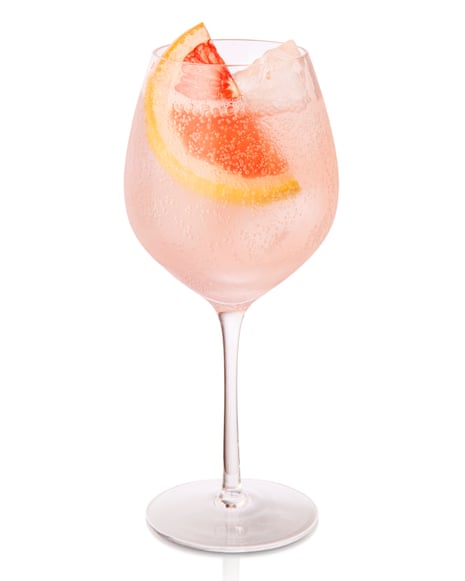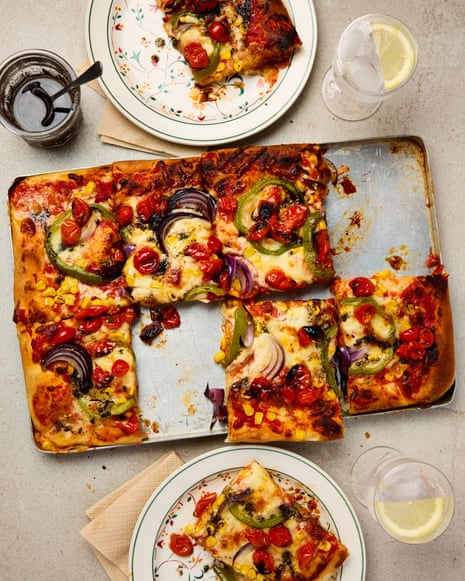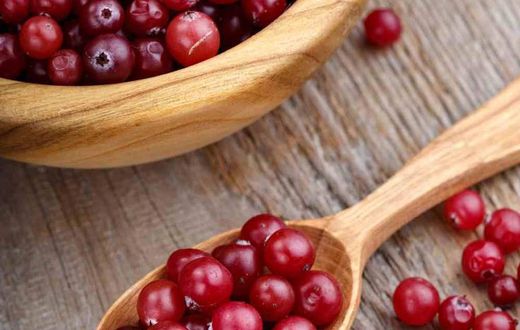As the leaves start to turn and the evenings grow noticeably cooler across Nigeria and much of West Africa, food and drink enthusiasts find themselves longing for a bit of warmth and vibrancy. In response, a fresh international cocktail trend, the Paloma di Venezia—a creative Italian spin on the globally famous paloma—offers just the kind of sunshine and freshness many crave during the rainy or ‘ember’ months. This citrusy, effervescent drink has been garnering popularity at cosmopolitan bars in Europe and is now making waves among adventurous Nigerian drinkers who love to experiment with global flavours, yet want to enjoy their drinks with a uniquely local twist.
Paloma di Venezia
Serves 1
40ml good tequila – For best results, use a premium tequila such as Casamigos Blanco, though locally available brands can be substituted.
20ml fresh lime juice – Squeeze directly from fresh limes for a vibrant, authentic taste.
15ml agave syrup – If unavailable, honey syrup or a touch of locally produced sugar syrup can substitute.
100ml pink grapefruit soda – While European recipes recommend brands like Ting, Nigerian alternatives such as La Casera Apple or other citrus sodas may give a different, but pleasant twist.
25ml prosecco – Imported prosecco brings the Italian touch, but a local sparkling wine can be a creative alternative.
1 grapefruit segment, or a sprig of fresh rosemary, for garnish—optional but recommended for aroma and presentation.
To prepare this Mediterranean infusion, start by measuring the tequila, lime juice, and agave syrup into a cocktail shaker loaded with ice. Give it a vigorous shake to mix and chill. Double strain the contents into a large wine glass to keep the drink smooth and free from pulp. Next, add the grapefruit soda, then gently top with prosecco. Add a handful of fresh ice cubes and complete the drink by garnishing with either a juicy segment of grapefruit or a rosemary sprig, which gives off an aroma reminiscent of Mediterranean gardens. Serve immediately and enjoy a taste of summer, even as the West African evening feels like autumn is approaching.
Global Trends, Local Adaptations: From Venice to Victoria Island
The paloma has long been cherished in Mexico and among tequila lovers worldwide, widely recognised for its mix of tequila, lime, and grapefruit soda. The Paloma di Venezia, expertly crafted by Italy’s bartending innovators, introduces prosecco—a hallmark of Italian drinks culture—and swaps out the classic salt rim for lighter, aromatic garnishes. According to Jean Vital, head of drinks development at Harry’s King’s Cross in London, this adaptation invites both nostalgia and novelty. Vital describes the drink as “vivacious, zesty, and tailor-made for those transitioning from sun-soaked afternoons to cooler nights.”
For Nigerian urbanites and cosmopolitan Lagosians, internationally inspired cocktails like the Paloma di Venezia are often seen at high-end hotels, rooftop lounges, or specialty bars. But, according to Lagos-based mixologist Onyinye Okafor, there’s rising interest in preparing these drinks at home, especially during festive seasons and private gatherings. “Nigerians love to try something new, especially when it brings an element of luxury or global experience into daily life,” Okafor shares. “And with local fruits and some creativity, you can easily adapt this recipe to suit what’s available in our markets.”
Ingredients: Accessibility and Local Substitutes
- Tequila: While premium tequila brands are accessible in Nigeria’s big-city stores, locally distilled agave spirits or even quality gin may serve in a pinch. According to spirits distributor Musa Bello, “It’s becoming easier to find imported tequilas in Abuja, Lagos, and Port Harcourt. However, working with what’s available is part of the Nigerian cocktail journey.”
- Lime juice: Limestone-rich soils in Nigeria’s north-central region make limes abundant and fresher than many imported varieties, giving local drinks an edge in flavour.
- Agave syrup: As agave is imported and can be pricey, honey or a homemade sugar syrup (diluted with water) often work well, maintaining the necessary sweetness.
- Pink grapefruit soda: While premium options may be scarce, Nigerians have creatively used drinks like “Fanta,” “Smoov Chapman,” or even “Bigi” citrus flavours to achieve a comparable effect.
- Prosecco: For special occasions, imported prosecco from stores in Lekki or Victoria Island fits the bill, but sparkling palm wine or domestic bubbly bring a local celebratory note.
Cultural Moments: When Are Nigerians Most Likely to Enjoy This Drink?
Drinks like the Paloma di Venezia have a special appeal during transition seasons—think end-of-year celebrations, weddings, birthdays, or reunions after the rains. For some, serving a Mediterranean-Italian-inspired cocktail is a way of bridging cosmopolitan tastes with familiar hospitality. Guests often find the boldness of grapefruit, the zing of lime, and the subtle fizz of prosecco to be a welcome palate cleanser after spicy meals or as a refreshing break between courses. “People see these colourful cocktails at parties and want to try them—especially if you mention there’s prosecco or something Italian inside,” adds Okafor.
Adding a Nigerian or Ghanaian Touch
Though the traditional recipe leans on imported ingredients, there’s growing pride in Africanising such drinks. Swapping pink grapefruit for native citrus like “pomelo” (shaddock) or Nigerian tangerines, or incorporating local herbs as garnish, gives each glass a unique, region-specific flair. Bartender Esi Mensah in Accra says, “Ghanaians experiment with whatever’s in season—often using local honey instead of agave, and sometimes adding sweet-smelling leaves from the market instead of rosemary.” This makes the Paloma di Venezia not only adaptable but a potential showstopper at gatherings throughout West Africa.
Health and Wellness Angle: Moderation and Nutritional Insights
The Paloma di Venezia offers relatively low calories compared to cream-based or sugary cocktails, with most sweetness coming from fruit and light syrup. Dietitian Uche Adamu notes, “Using fresh lime and grapefruit soda provides vitamin C and antioxidants, but as with all alcoholic drinks, moderation is key.” The fizzy prosecco adds celebration but can be replaced with non-alcoholic bubbly for teetotallers or those observing religious abstinence. With the rise in youth and family-friendly events, mocktail versions are winning over those who simply want the flavours without the buzz.
Challenges and Alternatives: Cost, Access, and Trends
Premium ingredients may not be within every Nigerian’s reach, especially as restrictions on importation sometimes drive up prices. Yet, informal street mixologists and mobile bartenders have developed resourceful ways to replicate international flavours. During the 2023 Ember months, for example, event planners saw a “30% increase in demand for customized cocktails at private parties,” according to Lagos Hospitality Association records—a figure that reflects both the allure and the need for practical substitutions.
-
Jean Vital, head of drinks development, Harry’s King’s Cross, London N1
Nigerian and African Cocktail Culture: A Toast to Innovation
With the Nigerian food and drinks scene continually linking local traditions to global inspiration, the Paloma di Venezia stands out as a bridge between continents. It presents an opportunity to use homegrown produce and creativity to recreate world-class experiences at home, whether you live in Lagos, Abuja, Accra, or anywhere else across Africa.
Have you tried making the Paloma di Venezia with your own local twist? What Nigerian or West African ingredients would you choose for a uniquely African version? Join the conversation below!
Have a favourite cocktail recipe or unique food story to share? We’d love to highlight local talent and culinary creativity. Send your stories or original recipes to story@nowahalazone.com and you could see your work featured here!
For helpful tips, more delicious recipes, and the latest on food trends in Nigeria and West Africa, follow us on Facebook, X (Twitter), and Instagram. Stay connected—your next culinary inspiration might just be a click away!









